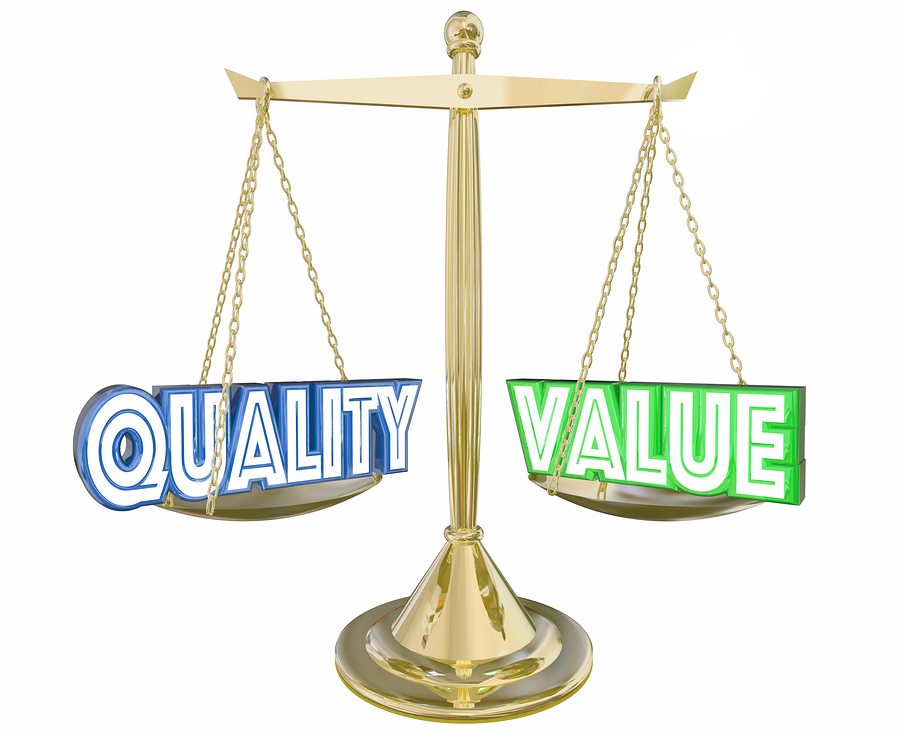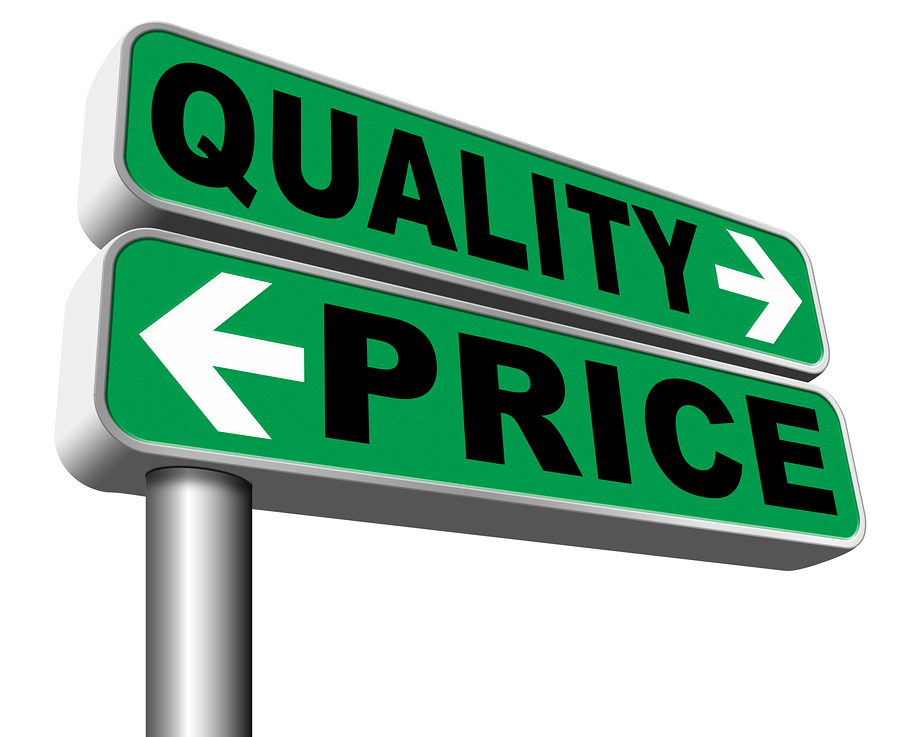The theme of this issue is all about cost and quality. I have had debates with some of my fellow AHVAP members regarding which is more important, cost or quality. The majority of the answers were “quality” was more important than “cost” when it comes to clinical value analysis. If the majority ruled here it would be a slam dunk, right? I am going to be a bit bold and say that I don’t think we are in a race for either cost or quality to be the winner when it comes to clinical value analysis. They are both tied to each other, you can’t have lower cost without maintaining quality and you can’t afford good quality unless you have good cost controls.
Remember, value analysis was founded on the principles and methods of functional analysis and is still a system that we in healthcare use to look at the functions of products, services, and technologies to find lower cost alternatives with equal or better quality. You see, quality is a given in the value analysis world, as you can’t have good quality if the product does not meet the end user’s functional requirements. If we meet the functional requirements exactly, then we will meet our quality goals exactly as well.
The cost and quality theme of this issue aligns perfectly with our Value Analysis Leadership cover article with Mathew Rutberg who is the Program Manager of Value Analysis at Children’s Hospital of Philadelphia (CHOP). This is our first magazine with actual value analysis practitioners on the cover and it is with good reason that I chose Matt and his Value Analysis Team from CHOP.
I had the opportunity to work with Matt and the CHOP Supply Chain and Value Analysis Teams on their highly successful cost reduction effort. I saw that he had a different approach to value analysis which I felt would be great for this unique interview. Matt understood that CHOP’s Value Analysis Program had been in place for several years prior to him taking it over and that with many different leaders and practitioners involved it had lost its way in the cost and quality world. Matt, utilizing his unique perspective as well as his Lean and Quality Management background, was not easily swayed to one approach or another. He realized that CHOP’s Value Analysis Program needed to think differently and do differently, otherwise they would just be getting the same results as his predecessors.
In the interview you will see how Matt, using a customer centric and clinically integrated strategic planning approach, was able to not only improve the quality of the Value Analysis Program but bring about coordination with the contracting and sourcing for CHOP to gain the next level of savings and quality improvement. This may be one of our longer interviews, but I guarantee it will be worth your time to read it!





